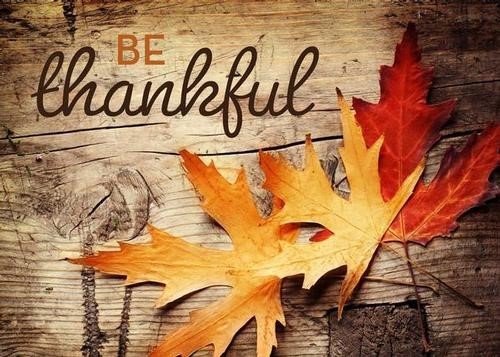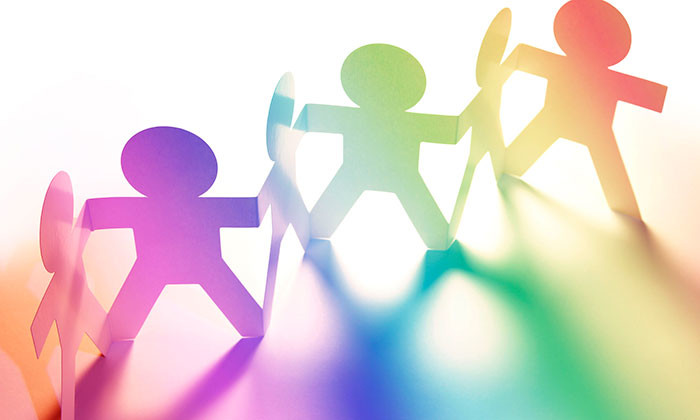Guest Bloggers
Breaking Bad Habits,
April 18, 2019
As we head into summer, many of us are taking stock of habits we resolved to change at the start of the year. Perhaps we are trying to eat better, start a new exercise regime, get to bed earlier, or even quit smoking.
Despite our resolve, we have a hard time sticking to the program. In this letter we are going to address what makes us have such a hard time changing our habits, and how we might be able to improve.
Bad habits take a very long time to learn, but in the end, they become almost ingrained. This makes it no surprise that they can also take a lot of hard work and time to unlearn. While pure willpower is certainly important, there is a lot more to changing your behavior than just having good intentions. Below are four main steps you can take to help boost your success:
Click here to read the full article…
Growing Old Happy,
February 6, 2019

February! As we move into the second month of the year, we are thinking about how quickly time can pass. For many, the start of a new year is a time to reflect on time itself and, of course, our own years of life.
Though growing old is a natural process that we all know to expect, it is important to be aware of common mental health risks that can come with advancing age. For example, experts warn that men ages 65 and older show the highest incidence of suicide than any other age group.*
Here at HDRF we are invested in making sure everybody has the information and resources to maximize mental health, and we would like to share some tips and research with you.
One of the largest factors affecting mental health in older adults is the existence of a strong support system and community.
Click here to read the full article…
Seasonal Affective Disorder, the Lowdown,
December 11, 2018

As winter approaches many of us may begin to feel the “winter blues.” Perhaps we will sleep in more, feel more lethargic in our day to day, notice an increased appetite, or even withdraw socially.*
Because of how common these symptoms are in the winter and fall, it can be easy to overlook them, but for some people colder darker seasons bring an onset of a specific type of depression called Seasonal Affective Disorder.
Seasonal Affective Disorder (SAD) can be understood as a set of major depressive episodes occurring within a specific season. While summer onset SAD does occur, it is much rarer than winter SAD. It is not completely understood why this is, but there are a variety of theories including, but not limited to:
Click here to read the full article…
Gratitude is Good for your Health,
November 20, 2018

With Thanksgiving and #GivingTuesday just around the corner, we here at HDRF have been thinking a lot about gratitude. Gratitude for the selfless actions of others, gratitude for the happy moments in our day-to-day, and gratitude for all of the people and things we love.
It got us thinking about the science of gratitude and the immense positive impact it has on mental health. Below we have shared some of the facts about experiencing and expressing gratitude, and how it may further improve your holiday season.
Gratitude can be conceptualized in many ways, but is most often viewed as an emotion or an attitude surrounding thankfulness or graciousness. While it has been written about broadly as an emotion with incredible positive influences on well-being, until the early 2000s little empirical research had been done to better understand the effects of gratitude.
Click here to read the full article…
Pride Month and Mental Health Awareness,
June 29, 2018

June 28, 2018 marked the 49th anniversary of the Stonewall Riot, the event that sparked the LGBTQ+ rights movement in the United States, and later inspired Pride events every June. In honor of this important milestone, we wanted to shed light on mental health issues still affecting the LGBTQ community.
Unfortunately, a stigma still exists surrounding LGBTQ communities, which leads to increased rates of bullying, harassment, and even homelessness among a disproportionately large percentage of this population, particularly LGBTQ youth. Such stressors put these individuals at a much greater risk of developing mental illnesses such as depression, anxiety, and PTSD.
Click here to read the full article…





